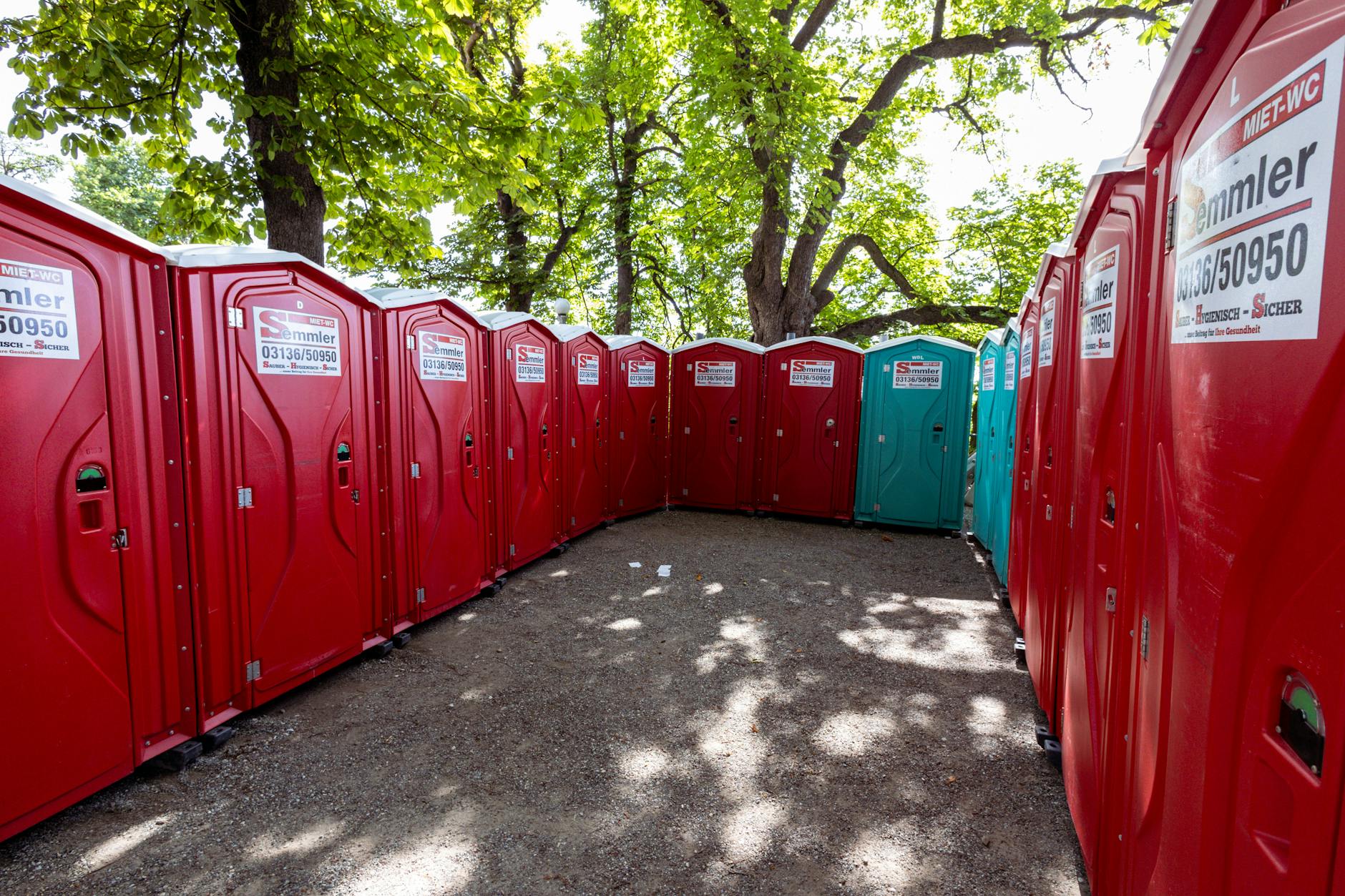(Approx 9 minute read)
This is the last article of my three-part series on the Art of Writing Fast. Previously, we discussed what is fast-writing, and why you ought to consider trying this technique. Then we dove into the “how” behind this method. Without further ado, I introduce to you <insert drum roll here> the WHEN and WHERE to fast writing. AKA: Fast drafting.
*This article was previously published in the July 2024 edition of Killer Nashville Magazine (check out their other craft articles, short stories, poetry and more!!)
When to Fast Write
If you’ve skimmed over the first two parts to the series, you’ll likely see a pattern of what you need to fast write: time, dedication, and practice. So, when do you dedicate the time to practice?

First, let’s define dedication in the context of skill improvement. Think of any talented person you know or have seen perform, whether in sports, theater, music, etc. Nobody sits at a piano for the first piece and cranks out Beethoven. Nobody takes to the baseball field swinging a bat for the first time and scores home runs. Nobody steps onto a stage without having any background knowledge in theater, performs the role of Juliet, and wins an Oscar. Nobody slips into running shoes without ever having hit the track and breaks the ribbon at the end of a marathon. And neither will you pen your first draft and receive offers from the Big 5 Publishers.
Start small. Start with the basics. Learn your craft. Not sure how close you are? Find beta readers who will give you honest feedback. Submit some short stories or an excerpt from your book to magazines or contests. Do your readers feel it’s well-polished? Are you finding some publishing success or making the list of winners (no matter whether it’s finalist or honorable mention or top winner)? If you’re seeing a pattern of interest and mostly positive feedback, then your work is ready. Till then, keep working at it.
And by the way, the learning never stops. Even writers who “made it” will continue reading in their genre and studying their craft. There’s always room for improvement. It’s the writers that understand the importance of commitment and persistence that become authors.
Time management is another key component. Remember when I mentioned scheduling your time in the “how” of fast writing? Well, this will be the area that makes or breaks you. Whether you have a routine where you write at the same time every day, or you write sporadically when you can squeeze it in, finding time and managing it effectively will be your solution to finishing that first draft fast and polishing it to near perfection.
Sample time budget:
Monday
0600-0630 Wake up–make bed/shower
0630-0700 Finish hygiene/ get kids up / ready for school
0700-0830 Breakfast / drop off kids / drive to work
0830-Noon Work
Noon-1245 Lunch break (30 minutes writing time!)
1245-1700 Work
1700-1800 Pick up kids, drive home
1800-1900 Dinner / prep kids for bed
1900-1930 Cleaning
1930-2200 (2.5 hours writing time!)
Even for a busy Monday, we could squeeze in 3 hours of writing time!
Tuesday
0530-0600 Wake up–exercise
0600-0700 Finish hygiene/ get kids up / ready for school
0700-0730 Breakfast (spouse drops off kids)
0730-0800 (30 minutes writing time!)
0800-0830 Commute (listens to writing podcast)
0830-Noon Work
Noon-1245 Lunch break (30 minutes writing time!)
1245-1700 Work
1700-1730 Commute (listens to writing podcast) (spouse picks up kids)
1730 – 1900 Cleaning house / Dinner / prep kids for bed
1900-1930 Cleaning
Let’s say, hypothetically, this was your schedule, and Mondays and Tuesdays were the only days you could write. That’s still 4 hours of writing time! If we use the example of 54 hours of time to complete a rough draft (from the example in Part II of this article), then you’d have a completed draft of approximately 80k words in 13 ½ weeks, that’s roughly 3.5 months! I think most of us could squeeze in a little over 4 hours a week, but either way, determine your “when” for writing time so you can make the most of these sessions.
Deliberate practice + achievable goals and benchmarks = success in completing a first draft fast!
Mindset is Everything
Besides finding the time to write, you need to be in the write mindset (pun intended). Some people find performing a ritual before starting helps them zone in (starting with a song, wearing a certain hat or fingerless gloves). For others, it may be a specific place (i.e., when I sit at my writing desk, my mind is automatically ready to go because I’ve done this so many times before).

You may need to try a few things before settling on what works best for you, but whatever you do, find a rhythm and stick with it—at least for the duration of this initial rough draft. You can always change it up later or tweak it for your writing sessions for the next fast draft, but sticking with some sort of rhythm will get you into a solid habit and help your brain connect with the idea that you are ready to write.
Here are some strategies to get into a rhythm and maintain focus:
- Create a playlist of songs (with or without lyrics) that set the mood of your story
- Create a mood board and/or list of pictures (perhaps a Pinterest page?) of anything that inspires you and your story (settings, characters, plot points, etc.) and keep it handy (print it and post it near your laptop or have the link opened in a tab on your computer)
- Start each session with a few minutes of deep breathing, with your eyes closed, perhaps as part of a short meditation session, and visualize your scene, characters, or setting
- Have a snack or special drink beforehand (perhaps starting with a nutritious breakfast, or the same cup of coffee/flavor of tea will prepare your mind for an intense focused session)
- If the room you write in is also used for something else (a workspace, kitchen, living room) adjust furniture or lighting so it becomes specific for your writing sessions: open or close the shades to dim or brighten the area, move a chair so you face a window…whatever you need to do. Then rearrange everything once you’re done
- Review what you previously wrote in the last scene as your “start up,” then set a Pomodoro timer and dive in to the next scene
You can use all or none of the above strategies, but whatever you do, find a way to prepare yourself psychologically and physically for a fast-writing session. After some practice, you’ll find it easier to shift from the day-to-day routine into a writing rhythm.
What happens if I lose focus?
Don’t fret too much about this—it happens to everyone. One of the best ways to mitigate distractions is to determine what will most likely disrupt your writing flow ahead of time, and prevent these interruptions in the first place, if at all possible. When this doesn’t work, or you find yourself distracted due to unforeseen circumstances (or perhaps your own chaotic mind), try one or all of the following:
Start where you left off and try again. Take a moment to close your eyes and breathe deeply. Go for a walk. Stretch. Try walking (or jogging) up and down a set of stairs a few times. Get your blood pumping. Find a new playlist. Reset yourself by getting up, leaving the room, then coming back into it with whatever strategy you typically use to start your writing session.
It’s also okay to take a day off. If you scheduled 3 hours to write on Mondays and barely squeezed in 30 minutes, maybe you’re just having an “off day.” Give yourself grace and remind yourself that today is just today, there’s always tomorrow to try again. Every writer has had these road blocks. Consider it a *write* of passage.
Where to Fast Write
At this point, you’ve got a decent grasp of fast writing—what it is, why you should do it, how you can do it, when you can accomplish it. Now, let’s talk about where. Where do you set up to write fast?
You might find a cozy nook at your local coffee shop is perfect. Or perhaps you have a setup at home. Consider the following questions when determining where you should best set up for the most efficient writing sessions:
- Do you mind background noise or do you need absolute silence?
- If you don’t mind noise, what types of background sounds are okay: traffic, people, nature, music?
- What kind of lighting do you prefer? Natural outdoor light, overhead light, dim lighting?
- Are you sensitive to certain temperatures? Do you prefer heat/warmth or cooler weather? Would you need a fan running (to stay cool, for the white noise, or both?)
- What are your preferred seating arrangements? An ergonomic chair at a desk or could you write at a picnic table? Or do you use a standing desk?
- Do you prefer writing at home, in a public space, or elsewhere?
- Are you inspired by certain types of settings, such as cafes, libraries, museums, universities, or parks? Do you prefer urban settings or a quieter spot surrounded by nature?
- Do you have access to a designated writing space, and if so, what amenities does it offer?
- Are you a morning person, or do you prefer writing in the afternoon or evening?
- Do you have a specific time of day when you feel most creative or focused?
- What devices or tools do you use for writing (e.g., laptop, tablet, pen and paper)?
- Are you reliant on specific software or apps for writing, organizing, or editing your work? Do you use speech-to-text and “talk out” your stories?
- Do you have any preferences or requirements regarding internet access or connectivity while writing? Can you use a hotspot on your phone or do you need free internet access? (i.e., through the library or complimentary Wi-Fi from a cafe—though you may be required to purchase a beverage).
External factors will affect some of this, such as work or family obligations, which may impact your preferred writing time. Your writing routine—and how you balance this around your daily responsibilities—will probably play a role in where you choose to write. You may prefer to write in a peaceful study room of the local library, but if you’re only able to do this on the weekend, and you’re writing during lunch break at work, your only options may be to use the outdoor picnic table where people and passing traffic cause disruptive noises. Consider how you might set yourself up for success, despite the less preferable circumstances: can you bring noise-canceling headphones to work and use them during this time? Maybe you can find a spot far away from people and traffic, or maybe you sit in your car, turning the back seat into a mini writing area? There are a million potential situations that aren’t ideal, and though you can (and should) answer the questions above to learn what your ideal situation is, you’ll also need to learn how to work in less ideal environments. This might mean that your word count for a writing session isn’t as high as normal, but that’s okay! You’re still hacking away at your book, and you’ll wind up with a few sentences or a few hundred words more than you had the day before.
Personally, I’ve written in libraries, my home office (both ideal), my car (less ideal), cafes, picnic tables, in a tent, on a barracks bunk bed, on a commuter train, in an airport, on a plane, during car trips, in a stairwell, late at night in the field by the porta-johns where there was the tiniest internet signal…
When you want to write fast and knock out that draft so you can get to the good stuff (editing and publishing), sometimes you’ve just gotta hunker down and get it done, wherever that may be. (Though, hopefully not in a camp chair by the porta-johns).

To wrap up, I’d like to show you a handful of some of the most prolific authors as of today:
Ryoki Inoue made the Guinness Book of World Records for most prolific writer. To date, he’s written 1,283 books, but he wrote 999 of these in 6 years, equating to approximately 167 books per year!
Robert J. Randisi has had a book published every month since January 1982, in 1984 alone he wrote 27 books in 12 months, authoring just over 650 books (and counting…), which means his output is around 19 books a year.
R.L. Stine, most famously known for his “Goosebumps” series, has written about 450 books since his first novel published in 1986. As of 2001, he was writing installments for five different book series. Starting at 1986, this would equate to approximately 12 books a year.
James Patterson published his first book in 1976 and as of this year has 389 books out, averaging 8 books a year.
Though many of these other authors have since passed, this LIST shows many others who’ve penned hundreds of books (and some have over a thousand to their name). Want to know a secret? THERE IS NO SECRET! You can do the same thing. And why not? Once you get the knack for it, you, too, can have your name listed among the world’s most prolific authors.
I wish you all the best! Now get back to writing!
